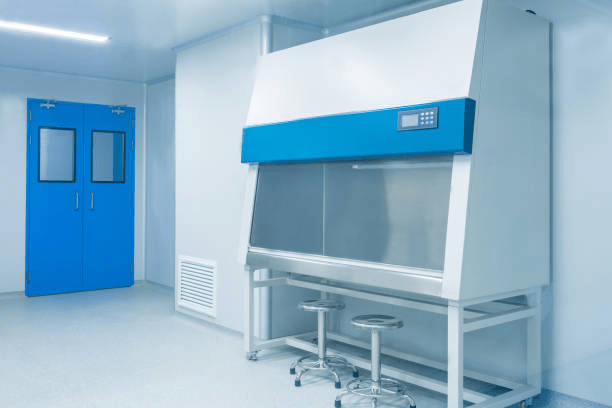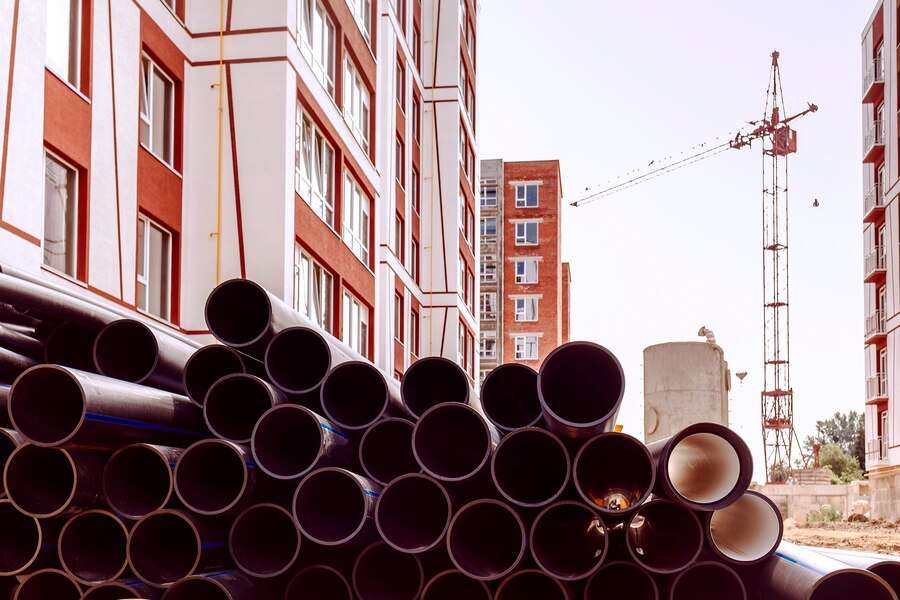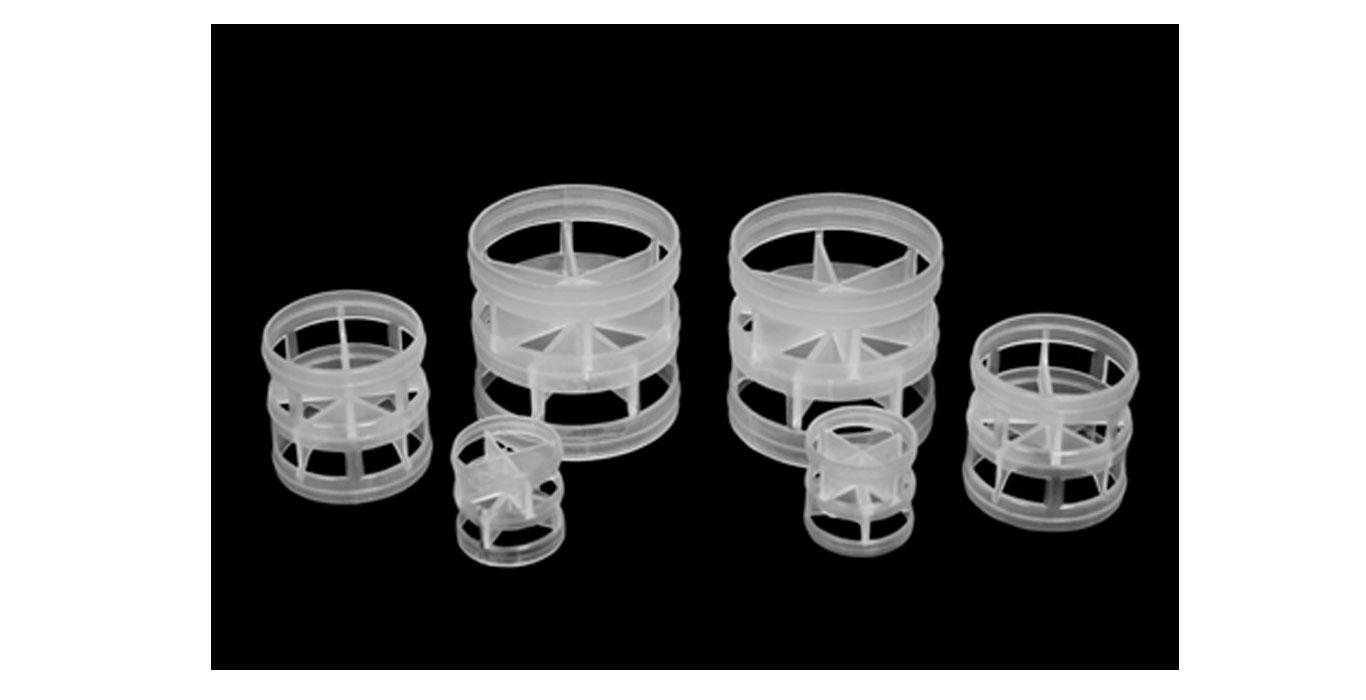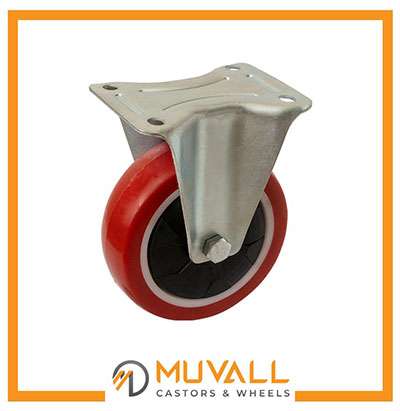Running a secure laboratory requires careful consideration of various factors, including biosafety cabinets. Biosafety cabinets play a crucial role in protecting laboratory personnel and the surrounding environment from potential hazards. Choosing the right biosafety cabinet manufacturer is paramount to ensure the highest level of safety and compliance. In this comprehensive guide, we will explore the key factors to consider when selecting biosafety cabinet manufacturers for a secure laboratory.
1. Understanding Biosafety Cabinets
What is a Biosafety Cabinet?
A biosafety cabinet, also known as a biological safety cabinet or BSC is a primary containment device used in laboratories to provide an enclosed, ventilated workspace for handling hazardous materials. It serves as a critical barrier to prevent the escape of airborne particles and microorganisms.
Importance of Biosafety Cabinets in Laboratories
Biosafety cabinets create a safe working environment by offering protection to laboratory personnel, experimental samples, and the surrounding community. They help minimize the risk of exposure to biological agents, prevent cross-contamination, and maintain the integrity of sensitive experiments.
2. Regulatory Standards and Compliance
Understanding Biosafety Levels
Different laboratories operate under specific biosafety levels (BSL) determined by regulatory bodies. These levels range from BSL-1 (lowest risk) to BSL-4 (highest risk), with each level requiring different levels of containment and safety precautions.
Compliance with Regulatory Guidelines
When choosing a biosafety cabinet manufacturer, ensure that their products adhere to the relevant regulatory guidelines, such as those set by the Centers for Disease Control and Prevention (CDC) or the World Health Organization (WHO).
3. Types of Biosafety Cabinets
Class I Biosafety Cabinets
Class I biosafety cabinets provide personnel and environmental protection but do not safeguard the samples being handled. These cabinets are suitable for low to moderate risk procedures, such as handling non-volatile chemicals or low concentrations of biohazards.
Class II Biosafety Cabinets
Class II biosafety cabinets are the most common type used in laboratories. They provide both personnel and product protection by maintaining a controlled airflow within the cabinet. Class II cabinets are further classified into Type A1, A2, B1, B2, and C based on their specific airflow and exhaust characteristics.
Class III Biosafety Cabinets
Class III biosafety cabinets, also known as glove boxes or glove cabinets, provide maximum protection for working with highly hazardous agents. These cabinets are completely enclosed, and all operations are conducted through attached gloves. They are typically used in maximum containment laboratories.
4. Factors to Consider When Choosing a Manufacturer
Reputation and Experience
Select a manufacturer with a strong reputation in the industry. Look for established companies with a track record of delivering high-quality biosafety cabinets and reliable customer service.
Compliance with Industry Standards
Ensure that the manufacturer follows industry standards and guidelines, such as those set by the National Sanitation Foundation (NSF) or the International Organization for Standardization (ISO). Compliance with these standards ensures the quality and safety of the cabinets.
Customization Options
Consider whether the manufacturer offers customization options to tailor the biosafety cabinets to your specific needs. Customization may include size modifications, additional features, or integration with existing laboratory systems.
Warranty and Support
Check the warranty period offered by the manufacturer and inquire about their support services. A reputable manufacturer should provide comprehensive after-sales support, including maintenance, repairs, and replacement parts.
Cost Considerations
While cost is an important factor, prioritize quality and safety over price alone. Evaluate the long-term value and total cost of ownership, considering factors such as energy efficiency, filter replacement costs, and maintenance requirements.
5. Evaluating Manufacturer’s Specifications
Airflow and Filtration Systems
Examine the airflow patterns and filtration systems used in the biosafety cabinets. Look for cabinets that provide consistent airflow, efficient containment, and reliable filtration through high-efficiency particulate air (HEPA) filters.
Construction Materials and Design
Assess the quality of materials used in the construction of the cabinets. Look for durable, corrosion-resistant materials that can withstand the harsh laboratory environment. The cabinet design should promote ease of cleaning and minimize the accumulation of contaminants.
Ergonomics and User-Friendly Features
Consider the ergonomic design features of the cabinets, such as adjustable height, easy-to-use control panels, and comfortable armrests. User-friendly cabinets enhance productivity and reduce the risk of operator fatigue.
Noise and Vibration Levels
Excessive noise and vibrations can impact the working environment and compromise the accuracy of sensitive experiments. Choose cabinets that incorporate noise reduction technologies and minimize vibrations to ensure a conducive laboratory environment.
6. Assessing Safety Features
HEPA Filters and Filter Replacement
Verify the type of HEPA filters used in the cabinets and their replacement frequency. High-quality HEPA filters efficiently capture airborne particles, maintaining a clean working environment. Ensure the availability and affordability of replacement filters.
Alarm Systems and Monitoring
Look for cabinets equipped with alarm systems that alert operators in case of abnormal airflow or filter performance. Monitoring features, such as real-time airflow visualization or filter status indicators, enhance safety and facilitate preventive maintenance.
Containment and Spill Control
Evaluate the cabinets’ containment features, including spill trays, leak detectors, and effective sealing mechanisms. These features contribute to a safer working environment and help prevent the release of hazardous substances.
Emergency Power Backup
Consider cabinets with built-in emergency power backup systems to ensure uninterrupted operation during power outages. This feature is crucial for laboratories working with time-sensitive experiments or high-risk materials.
7. Customer Support and Service
Installation and Training
Inquire about the manufacturer’s installation services and training programs for laboratory personnel. Proper installation and comprehensive training ensure the correct use and maintenance of the biosafety cabinets.
Preventive Maintenance and Calibration
Check if the manufacturer offers preventive maintenance services and calibration programs to ensure the cabinets continue to function optimally. Regular maintenance and calibration prolong the lifespan of the cabinets and minimize downtime.
Technical Support and Troubleshooting
Prompt and reliable technical support is essential when encountering issues with biosafety cabinets. Verify the manufacturer’s technical support channels and response times to ensure quick resolutions to any problems that may arise.
8. Reviews and Recommendations
Gathering Feedback from Current Users
Seek feedback from laboratories that are currently using the manufacturer’s biosafety cabinets. Their firsthand experiences and opinions can provide valuable insights into the quality, performance, and reliability of the cabinets.
Researching Online Reviews and Ratings
Explore online platforms, industry forums, and review websites to gather additional information about the manufacturer and their products. Consider both positive and negative reviews to make an informed decision.
9. Budgeting and Procurement Process
Determining Budget Constraints
Establish a budget range for purchasing the biosafety cabinets. Consider the long-term benefits and return on investment when setting the budget, as prioritizing quality and safety often pays off in the long run.
Requesting Quotes and Comparing Prices
Reach out to multiple manufacturers and request detailed quotes for the desired biosafety cabinets. Compare the prices, specifications, and included services to determine the best value for your laboratory’s requirements.
Considering Long-Term Costs and Value
While upfront costs are important, consider the long-term costs associated with maintenance, filter replacements, and energy consumption. Evaluate the overall value and benefits offered by each manufacturer.
10. Making an Informed Decision
Consolidating Your Findings
Compile all the information gathered, including specifications, reviews, and quotes, to create a comprehensive overview of each manufacturer’s offerings.
Weighing the Pros and Cons
Evaluate the strengths and weaknesses of each manufacturer based on their reputation, compliance with standards, customization options, safety features, customer support, and pricing. Prioritize the factors that align with your laboratory’s specific needs.
Consulting with Experts
If possible, consult with biosafety professionals, laboratory managers, or experts in the field to gain further insights and recommendations. Their expertise can help you make a well-informed decision.
11. Conclusion
Choosing the right biosafety cabinet manufacturer is a crucial step in establishing a secure laboratory environment. By considering factors such as reputation, compliance, customization, safety features, and customer support, you can select a manufacturer that meets your laboratory’s specific requirements. Prioritize quality, safety, and long-term value to ensure the utmost protection for laboratory personnel and experiments.
FAQs (Frequently Asked Questions)
- Q: How often should biosafety cabinet filters be replaced? A: The frequency of filter replacement depends on various factors, including the type of cabinet, usage, and the specific contaminants being handled. It is recommended to follow the manufacturer’s guidelines and conduct regular maintenance to ensure optimal performance.
- Q: Can biosafety cabinets be relocated to another laboratory? A: Yes, biosafety cabinets can be relocated; however, it is crucial to consult with the manufacturer or an experienced technician to ensure proper disconnection, transportation, and reinstallation. Improper handling can compromise the cabinet’s performance and safety.
- Q: Are biosafety cabinets suitable for all types of laboratories? A: Biosafety cabinets are designed for specific applications and risk levels. It is important to assess your laboratory’s needs and consult with biosafety professionals to determine the most suitable type and class of cabinet for your specific requirements.
- Q: What maintenance is required for biosafety cabinets? A: Regular maintenance is essential to ensure the optimal performance and safety of biosafety cabinets. This includes filter replacements, cleaning of surfaces, checking airflow patterns, and verifying alarm systems. Refer to the manufacturer’s maintenance guidelines for specific recommendations.
- Q: Can biosafety cabinets accommodate different laboratory equipment? A: Depending on the design and specifications, some biosafety cabinets can be customized to accommodate specific laboratory equipment, such as microscopes, centrifuges, or analyzers. Consult with the manufacturer to discuss customization options.










